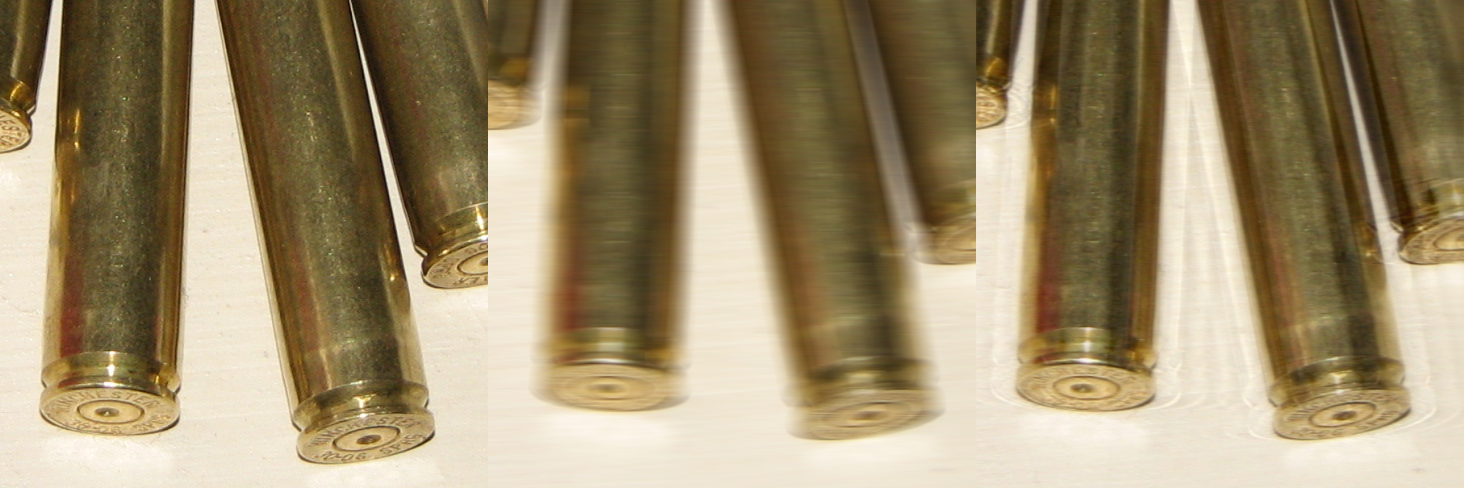-1 long-range Lancet🛸
Soldiers of the CSO A of the Security Service of Ukraine, within the framework of the Sky Cutoff program, shot down the Izdeliye-51 kamikaze drone, which was flying to attack our people.
Kind of curious what they used to hit the thing.
The crosshair in the posted video looks similar to the Aeorozvidka’s R-18 screenshot. That “S” symbol looks like the “throttle percent” symbol in the Betaflight OSD software, and the number (~70) would be about right.
I’m not sure that it’s either of them, though.
They link to this archive of drone OSD screenshots.
https://docs.google.com/document/d/1Z0m2rqD_EgjtdA8T4YhSvfUbqY3nOjs2KyLhR2oiktc/edit
But nothing in there looks quite like this either.
Be kind of nice if there was some corpus of images that someone could train an AI model on to auto-identify drone type from screenshots via image classification. I mean, there probably is, but for public use, rather than intelligence agencies.
I am glad to see that whoever released this blurred out almost everything in the OSD, even if it makes my identification harder, as it helps keep sensitive information private private, but I’ll reiterate some concerns that I’ve posted earlier that maybe there should be some sort of standard unit in the military that does the censorship before release.
-
First point. Some of the numbers “leaked” around the edge of the blurred area. Probably nothing critical, but I’m sure that it’s not intentional.
-
Second, I don’t know how hard it is to reverse a blurring operation. I am pretty sure that the censoring software isn’t deleting the area in question and then regenerating it fully using pixels at the edge, because that flashing bit that I assume is a “low battery” warning shows up even with no pixels on either side of the blurred area visible, and doesn’t “snap” from one side to another when the blurred area shifts from exposing a few pixels on one side to exposing a few on another. And if that’s the case, it may be possible to reverse some of the operation.
If Ukraine is using a method that isn’t adequately-hardened to censor these, and is using the same approach on many videos, then Russian intelligence can potentially restore that information.
https://en.wikipedia.org/wiki/Wiener_deconvolution

From left: Original image, blurred image, image deblurred using Wiener deconvolution.
-
Third, this, like a number of videos I’ve seen, look like they’re from a cellphone camera of a drone display. That’s not the end of the world, and I don’t know if all those drones have some way to export video. However, I’d think that if they don’t, Ukrainian intelligence may want a way to archive the footage that they’re taking, because all of this footage near the front is probably interesting for all sorts of analysis. And if it can be exported directly from the drone feed to be released, I’d think that that’d be preferable, because it also means that there’s no risk of information being leaked from other sources, like background sound from inside an FPV base (“nest”?), which is something that I’ve seen sometimes, thought not in this video, or video including background shots of the FPV base, or reflections.
-

The music makes these
It’s no euro rage texhno, but it certainly does the job
Wouldn’t it be possible to use something to jam the propellers instead of blowing it up? I heard about hawks being trained to throw nets on drones, a solution like that would make the drones reusable and significantly reduce the cost of taking one down. In case of a drone without props, attach a parachute to one of the wings and it will fall out of the sky softly enough you can maybe even salvage the parts
This is a great idea. They could deploy a hook to catch the wing and then as the drone retreats, a mesh is released over the propeller which then wraps around the engine like a tire wrappler but at the end of the mesh is the fancy hook which will then rip the wing off. Then they can just pick up the parts for inspection.
If they got the Clock Lancet they might have a chance, otherwise fart noises





